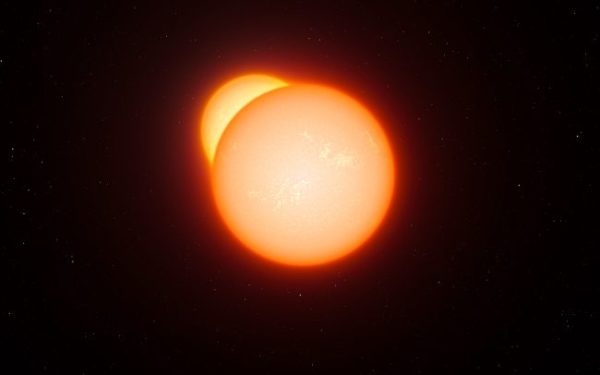The most distant region of our solar system, a sphere of dark, icy debris out beyond Neptune, is too crowded. All that stuff out there, beyond the reach of the ancient disk of gas and dust that formed the planets, doesn’t match with scientific models of how the solar system formed. Now, a pair of researchers has offered a new take on this far-out mystery: Our sun has a long-lost twin. And the two stars spent their childhoods collecting the passing debris from interstellar space, crowding the outer reaches of the solar system.
We can’t see this twin. Wherever it is — if it ever existed — it broke away from its orbit with our sun eons ago. The two stars would have circled the Milky Way well over a dozen times since then, and may have ended up in totally different regions of space. But a record of that lost twin’s influence on our solar system may remain in our Oort cloud — a mysterious neighborhood of comets and space rocks at the outer bounds of our sun’s influence.
The Oort cloud is a strange place. Unlike the planets and asteroids of the inner solar system, which lie on a single flat disk around the sun, it forms a hollow sphere of debris encircling the solar system in every direction. Compared to the inner planets, these distant drifters experience very little of the sun’s gravity, and could easily be nudged out of their orbits and into interstellar space. The most distant objects in that sphere are barely linked to our sun at all, drifting along 100,000 times farther away from the sun than Earth.



